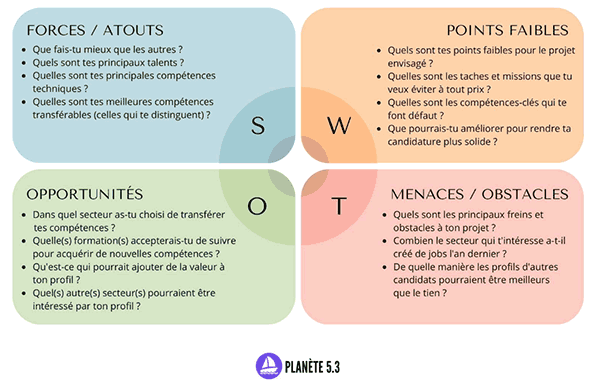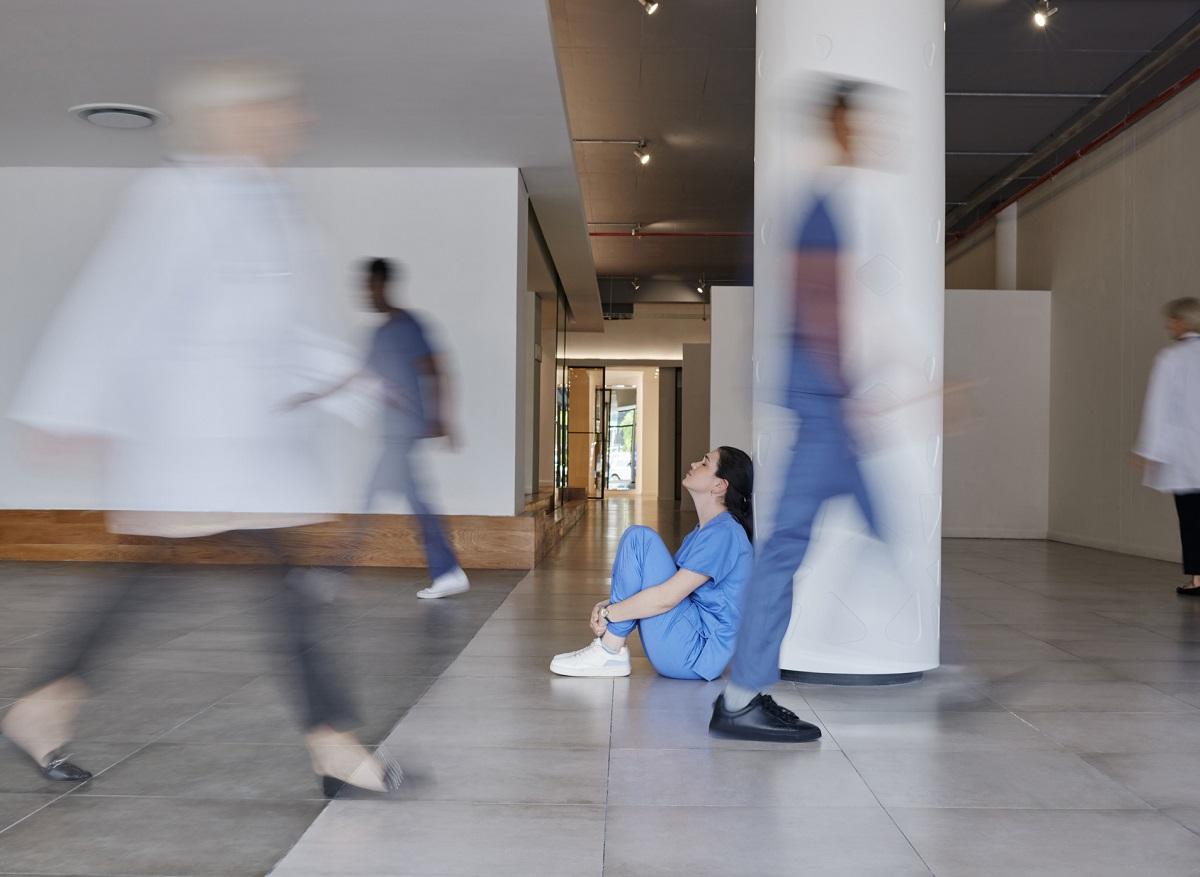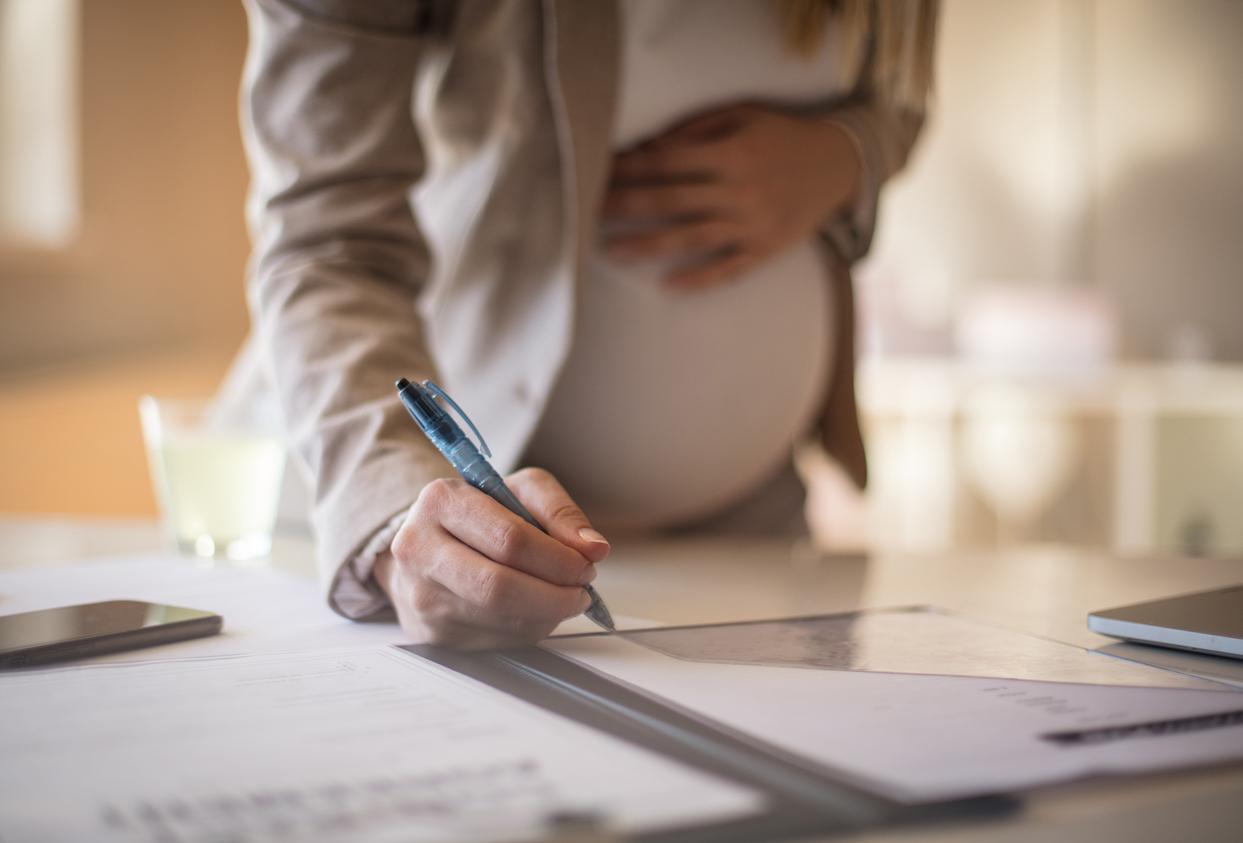In 5 years, work-related psychological suffering has increased among French employees. According to the InVS, these pathologies affect women more and increase with age.

The French figures are final. For several years now, work-related psychological suffering has become increasingly important in work-related pathologies. To estimate it, researchers used data from the Occupational Disease Surveillance Program (MCP) to quantify this discomfort in the office for the period 2007-2012.
Women twice as affected
The results published this Tuesday in the Weekly Epidemiological Bulletin (BEH) of the National Institute for Public Health Surveillance (InVS) show a prevalence rate of work-related psychological suffering that is twice as high in women than in men (3.1% in women against 1.4% among men in 2012).
In addition, epidemiologists reveal that this rate increased over this period, both among women (+ 0.8%) and men (+ 0.3%).
Mostly depressive episodes
Regarding the disorders from which the French suffer, the mild depressive episode was, for both men and women, the disorder most often reported by occupational physicians until 2010, with more than a third of the situations.
And as of 2011, mixed anxiety and depressive disorders were the most reported for both sexes, representing more than a third of reported conditions.
Free speech on burnout
Alongside these disorders, the proportion of burnout (professional exhaustion), which has been lower so far, increased over the period 2007-2012: + 2.3% for women and +2.4 for men.
Faced with this observation, the authors provide answers to explain this general increase in mental suffering linked to work. They write that “greater media coverage of these pathologies during this period would lead to greater awareness among employees of this public health problem, leading to more freedom of speech among occupational physicians. At the same time, doctors would be more inclined to report them. “
They add that: “the observed increase in the prevalence rate of mental suffering linked to work can be compared with the deterioration in working conditions observed in recent years, in particular those linked to the organization of work and relations between colleagues and with the hierarchy. “
Age and social category linked to mental suffering
Finally, the last observation is that the probability of reporting mental suffering related to work increases with age, for both men and women. For example, it is seven times higher for men aged 45 to 54 compared to men under 25. This level would result from the so-called “healthy worker” effect.
Older employees are more often excluded from working life, in particular for long illnesses or for incapacity or invalidity. “This effect is more in the direction of an underestimation of prevalence rates. It is therefore not excluded that the prevalence may increase further after 54 years ”, specify these epidemiologists. “This probability also increases with the social category of workers towards executives”, they also point out.
Around 480,000 employees affected
In the end, the authors estimate that the analysis carried out made it possible to approach the extent of the psychic suffering linked to work: “In 2012, this pathology affected more than three working women in a hundred and more than one working man in a hundred. . If these figures were directly extrapolable to the salaried population of the whole of France (almost 24 million, source Insee), it is reasonable to estimate that around 480,000 employees would be affected, ”they conclude.
As a reminder, work-related mental suffering does not appear in any occupational disease table. In 2013, less than 250 employees with this pathology were compensated under the CRRMP (1).
(1) Regional committee for the recognition of occupational diseases. Management report 2013. Paris: CnamTS; 2015. 117 p.
.














